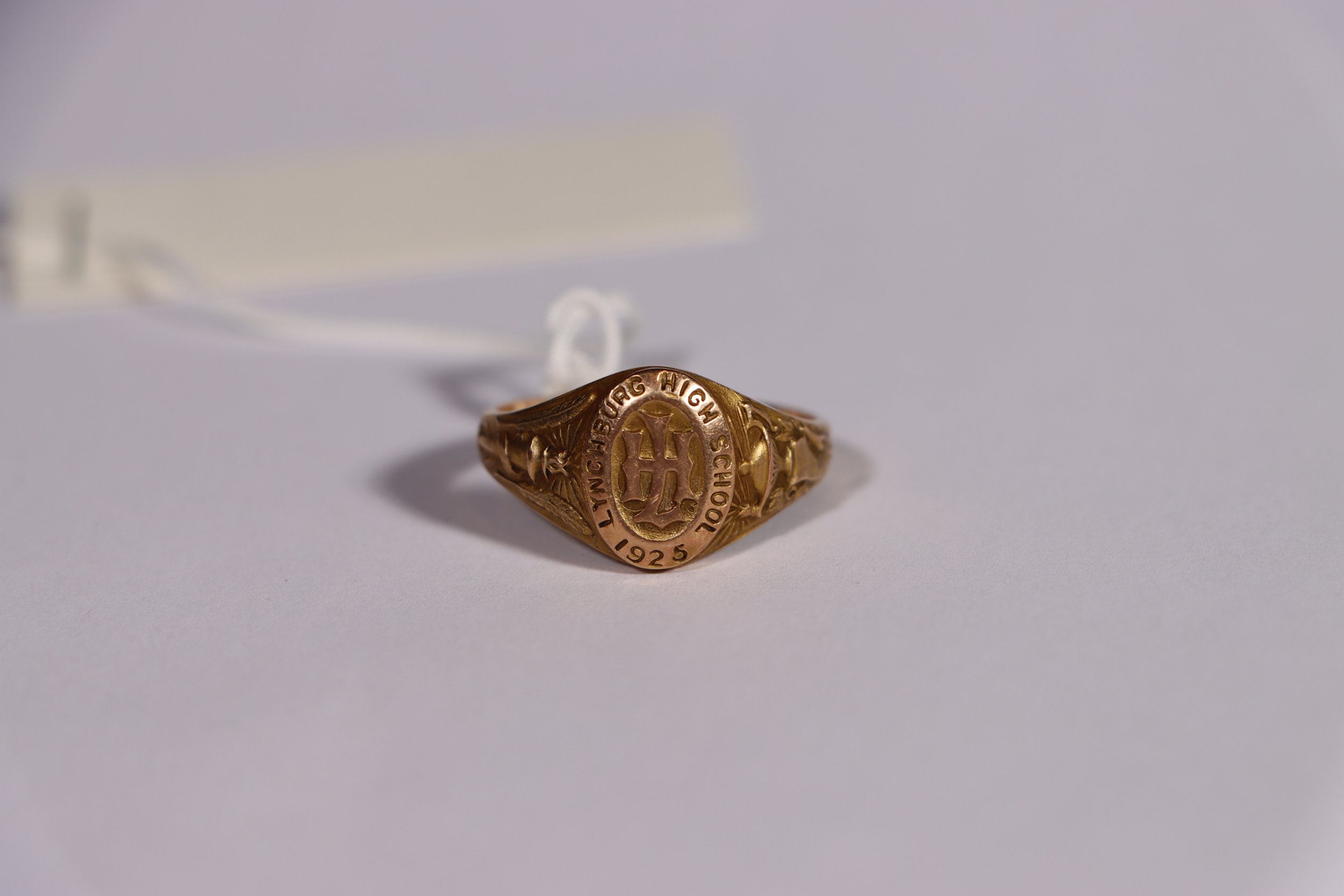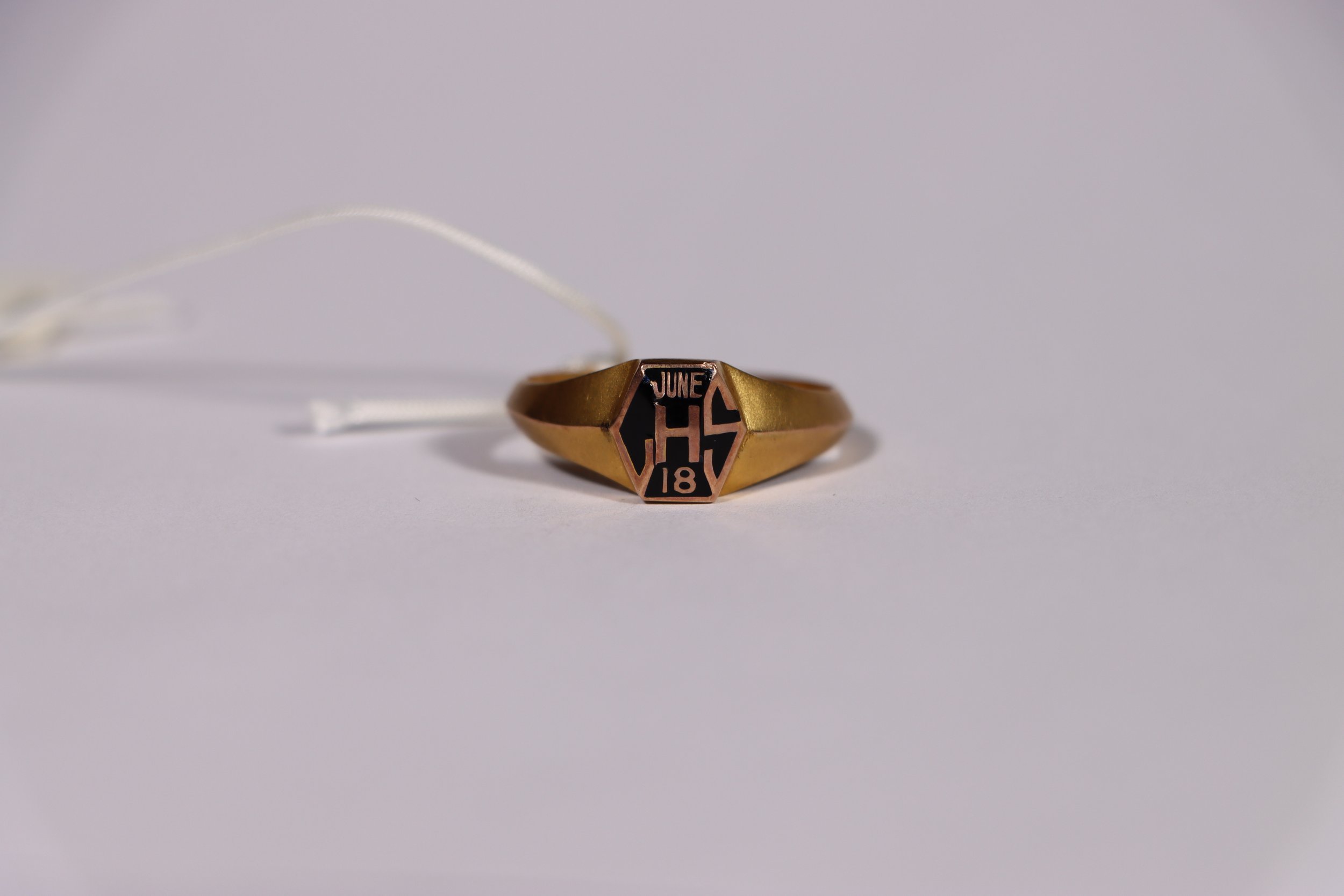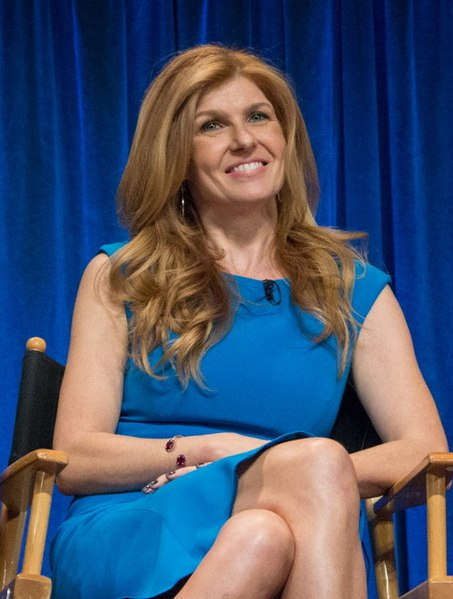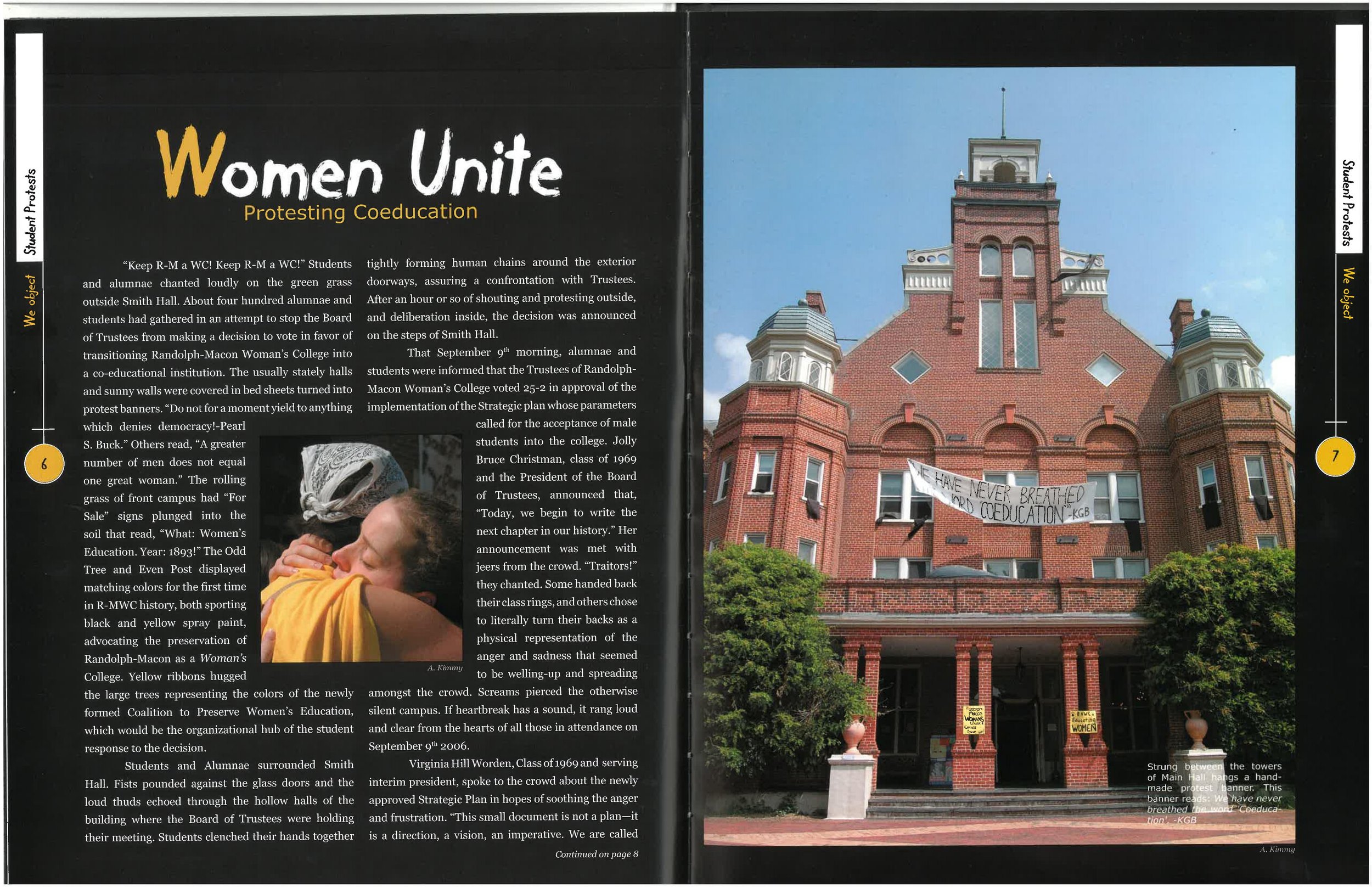Exhibit Curated and Digitized by Vincent Bruno
Introduction
Education is a fundamental part of who we are as people and who we are as a society. Each unique learning experience molds and shapes every individual person no matter the type or length of the education. Through objects like school yearbooks, class rings, and diplomas we get a glimpse into the past and understand these learning experiences and institutions a little better. We can see what was culturally important at the time, what events were noteworthy, and which people attended these institutions.
John Wyatt Elementary School
The John Wyatt School was built in 1916 on the corner of Court and Eleventh Streets, the site of the Court Street School which had burned in 1914. It was named in honor of John Wyatt, the first principal of the city’s female high school, who became the first principal of the consolidated male and female high school in 1874.
Wyatt School first served as an elementary school. It was later used as a school administration building and then as office space for various city agencies. Today it is part of the Federal Court Building located on Court Street just two blocks from the Lynchburg Museum.
Robert S. Payne Elementary School
The original Robert S. Payne Elementary School was built on the corner of Polk and Twelfth Streets in 1885. The elementary school was named after Dr. Robert Spotswood Payne, who was the Chairman of the Lynchburg City School Board at that time. The original building was torn down in 1952 to expand Dunbar High School.
The school was moved to a new building on the corner of Twelfth and Floyd Streets, which was home to the former Robert E. Lee Junior High School built in 1925-1926. Today Robert S. Payne Elementary School is a three-story, 40-classroom, spacious building that serves 550 students.
Dunbar Junior High School
Paul Laurence Dunbar Junior High was opened as a middle school in 1970-1971 after the closing of Dunbar High School. The school is positioned exactly where the old high school used to be, but some alterations have been made. In 1994 it became a school for innovation and adopted its current name and curriculum.
1978 Dunbar Junior High School Yearbook turned to show Leland D. Melvin’s eighth grade yearbook photo on the bottom right of the right page. Melvin would go on to be drafted by the NFL and later become a NASA Astronaut who flew on two separate Space Shuttle missions.
E.C. Glass High School
E.C. Glass High School, originally known as Lynchburg High School, first started in 1871 in two small rooms separating the boys from the girls. The rooms would be consolidated in 1874 and growth over the next few years necessitated a new school building built in 1881 on the corner of Court and Eleventh Streets. The first staff of the school consisted of five teachers who would all teach each of the five subjects offered. Eventually the school would grow to a population of over 300 students and the faculty members only consisted of eight individuals.
This accelerated expansion led to the need for yet another school to be constructed. The new High School would be constructed on Park Avenue and opened in 1911. The building still stands to this day directly behind the museum up Eighth Street and is currently being used for housing. In 1920 the School was renamed to E.C. Glass High School, in honor of Edward Christian Glass, Superintendent of Lynchburg Public Schools from 1879 to 1931.
In 1953 a new high school was constructed on 57 acres in Lynchburg at a cost exceeding $4.5 million. After desegregation in 1970, all juniors and seniors from Dunbar High School would be moved to E.C. Glass High School.
In 2003 a major renovation of E.C. Glass added new classrooms, an auxiliary gymnasium, and air conditioning throughout the school. Renovations were finished in 2006.
1914 Lynchburg High School Yearbook
1925 10k Gold Lynchburg High School Class Ring
Gift of Frances P. Harriss
1918 10k Gold Lynchburg High School Class Ring
Gift of Frances P. Harriss
1960 E.C. Glass High School class ring; 10K gold with blue stone. Initials "RBW" inscribed and "Bowen" stamped inside. The ring belonged to the donor, a 1960 graduate of E. C. Glass. Bowen Jewelry Co. was the official agent for school rings.
Gift of Robert B. Ware Jr.
1960 E.C Glass High School Yearbook; turned to show an advertisement from Bowen Jewelers, the official agent for the school's class rings.
Connie Womack Britton
E.C. Glass Alumna
Connie Britton, formerly known as Constance Elaine Womack, is an American actress, singer, and producer who was born in Boston, Massachusetts in 1967. When Britton was seven years old, her family moved to Lynchburg, Virginia. She was raised in Lynchburg, attended E.C. Glass High School, and took part in many performances in the school’s theater. She would later attend Dartmouth University and eventually move to New York City to start her acting career.
Britton’s first feature film debut was for the Edward Burns movie The Brothers McMullen. She would go on to act in more movies, but she is more well known for her television career, playing roles in popular series like Spin City, Friday Night Lights, Nashville, and American Horror Story.
Britton has also been nominated for several Emmy and Golden Globe Awards because of her talented acting. She is now one of E.C. Glass High School’s most recognized alumni, and she still takes pride in where she grew up and went to school.
1984 E.C. Glass Yearbook showing actress Connie Britton (Constance Womack) performing in “Hello Dolly” in the E.C. Glass theater. Notice how she mentions that at the time she did not intend to continue her drama career after high school. That would soon change, as she would go on to become a very talented actress, singer, and producer. The next page shows her Junior yearbook photograph.
Dunbar High School
Paul Laurence Dunbar High School opened its doors in 1923. The school was a product of the Black community in Lynchburg requesting to the White school board that a modern high school be built for the students of color in the city. In its early years the administration was primarily White, but produced great success. The curriculum during the 1920’s was so successful that 90% of Dunbar’s students went on to enroll in college.
The 1930’s would be a period of significant transition and the administration would soon become predominantly Black instead of White. This would bring about some of the most prolific years in Dunbar’s history from the 1940’s to the 1960’s, when great advancements in education were made.
In 1954 the Supreme Court ended segregation in public education, but not all schools would be immediately affected. It was not until in 1962 that the first two students from Dunbar would be transferred to the all-White E.C. Glass High School. Dunbar’s last Black students were transferred in 1970, and the prominent high school would ultimately come to an end.
Today the former location of Dunbar High School at the intersection of Polk and Twelfth Streets is campus of the Paul Laurence Dunbar Middle School for Innovation.
1968-1969 Dunbar High School Yearbook. This was the next-to-last school year before Dunbar was integrated into E.C. Glass High School.
1963-1964 Dunbar High School Yearbook, turned to show a memorial for John F. Kennedy who was shot the year before.
Heritage High School
Heritage High School opened in 1977. The school was built to accommodate up to 2,000 students from the portions of Campbell and Bedford Counties annexed by the city in 1976. It was located on the site of the old Brookville High School (before it moved to Laxton Road).
In 2016 a new 266,000 square-foot Heritage High School was opened on Timberlake Road to replace the 1977 school building. Heritage is one of two public high schools in the Lynchburg City Schools jurisdiction, along with E.C. Glass.
1983 Heritage High School Yearbook, only a few years after the school opened its doors.
Leland D. Melvin
Heritage High School Alumnus
Leland D. Melvin was born in Lynchburg, Virginia, in 1964. Melvin attended Heritage High School and graduated in 1982. After graduation he would receive a football scholarship from the University of Richmond where he studied chemistry. While Melvin played Wide Receiver at Richmond he would go on to be the university’s all-time leading receiver. After college, in 1986, he would be recruited by the Detroit Lions.
After suffering a hamstring injury, Melvin pursued a graduate degree in material science engineering from the University of Virginia. In 1987 he received an invitation from the Dallas Cowboys to attend their training camp. While Melvin was working with the Cowboys during the day he would continue his studies into the night. Unfortunately his NFL career would be cut short yet again due to another hamstring injury.
Soon Melvin would start working for the National Aeronautics and Space Administration at its Langley Research Center in 1989. He would then be admitted to the Astronaut Candidate training program nine years later. Melvin would go on to be on two separate space shuttle flights throughout his career as an astronaut. The first was the STS-122 Atlantis (February 7 to February 20, 2008) which delivered the European Space Agency's Columbus laboratory to the International Space Station (ISS). The next would be the STS-129 (November 16 to November 29, 2009), which would bring two Express Logistics Carriers (ELC) and 30,000 pounds of replacement parts. Both missions would require three spacewalks to accomplish their respective goals.
In October 2010, Melvin became the associate administrator for the NASA Office of Education and later retired in 2014. Leland Melvin is still the only person ever to be drafted by the NFL and go into space.
Episcopal High School
While most citizens of Lynchburg attended classes in local High Schools, some were fortunate enough to have their tenure at prestigious, out of town boarding schools such as the Episcopal High School in Alexandria, VA. One of these fortunate men was Edley Craighill Jr. of Lynchburg, son of a Lieutenant Colonel in the United States Army. Craighill Jr. volunteered for service during World War 2 and was a paratrooper on D-Day. He was an essential part of the Normandy Invasion, and his bravery would earn him the Bronze Star. Sadly he was killed later during combat on June 14th, 1944.
High School class ring from Virginia Episcopal High School dated 1940 which belonged to Edley Craighill, Jr. 10K gold with red stone (unknown if genuine), manufactured by Balfour. Worn initials which appear to be “E C” inscribed inside the ring.”
Gift of Jack Tumlinson
Randolph College
Randolph College (formerly Randolph-Macon Woman’s College) was founded in 1893 in then Campbell County, Virginia, by William Waugh Smith as a female-only higher education institution. The college gained national prominence over the years as the first women’s college admitted into the Association of Colleges and Preparatory Schools of the Southern States.
Later during the Cold War the National Gallery of Art in Washington, D.C., built a secret storage facility on the RMWC campus to house the nation’s masterpieces in the event of a nuclear war. This structure ultimately became the Maier Museum of Art.
In 1961 Randolph-Macon Woman’s College became the first college in Lynchburg to integrate and admit women of color. In 2007 another major change would take place when the name of the school was shortened to Randolph College and men were admitted for the first time. The school still thrives to this day and is a prominent member of the educational community in Lynchburg.
Randolph-Macon Woman's College diploma awarded to Martha Frances Wood on June 4, 1935. The diploma includes the original college seal and signature of Theodore H. Jack, President. The Wood family resided at 5 Adele Street, Lynchburg. Martha Wood (Ware) taught elementary classes at White Rock, Garland-Rodes, and Linkhorne schools over the course of her career with the Lynchburg Public School System.
Gift of Robert B. Ware
1935 Randolph-Macon Woman’s College Yearbook, turned to show graduate Martha Frances Wood’s Senior portrait.
2007 Randolph-Macon Woman’s College Yearbook, the last year before the college went coed. This yearbook shows how many were upset over allowing men into the college for the first time in over 100 years.
University of Lynchburg
The University of Lynchburg was founded as Virginia Christian College in 1903 by Dr. Josephus Hopwood. The first class to enter the college consisted of 11 faculty members and 55 students. As time went on coeducation became popular, and the school would greatly expand from adopting this practice. In 1919 Virginia Christian College would get its new name of Lynchburg College to avoid confusion with a similarly named college close by.
The college still is still a staple of Lynchburg and as recently as 2014 the school’s women’s soccer team won the NCAA Division 3 championship, bringing in the first national championship for the school. In 2017 the name of the school would change again to the University of Lynchburg. Today the university has a staff of over 190 full-time employees and a student population of 2,800.
1908 Virginia Christian College Yearbook
1993 Lynchburg College Yearbook
Liberty University
Liberty University was founded in 1971 by Rev. Jerry Falwell, Sr., as Lynchburg Christian College. The first incoming class consisted of 154 students. In 1977 the School was renamed to Liberty Baptist College, and then it was renamed to Liberty University in 1985. Over time the university would grow exponentially and is still growing to this day. Liberty University currently has a residential body of more than 15,000 and is one of the largest Christian and private colleges in the nation.
1985 Liberty Baptist College Yearbook, the same year the school adopted the name Liberty University.
Share Your Story
Do you have any artifacts or information related to a local school or college? We would love to hear from you! The Lynchburg Museum System is actively seeking material to illustrate the full history of our city.
Call (434) 455-6226 or email museum@lynchburgva.gov






















